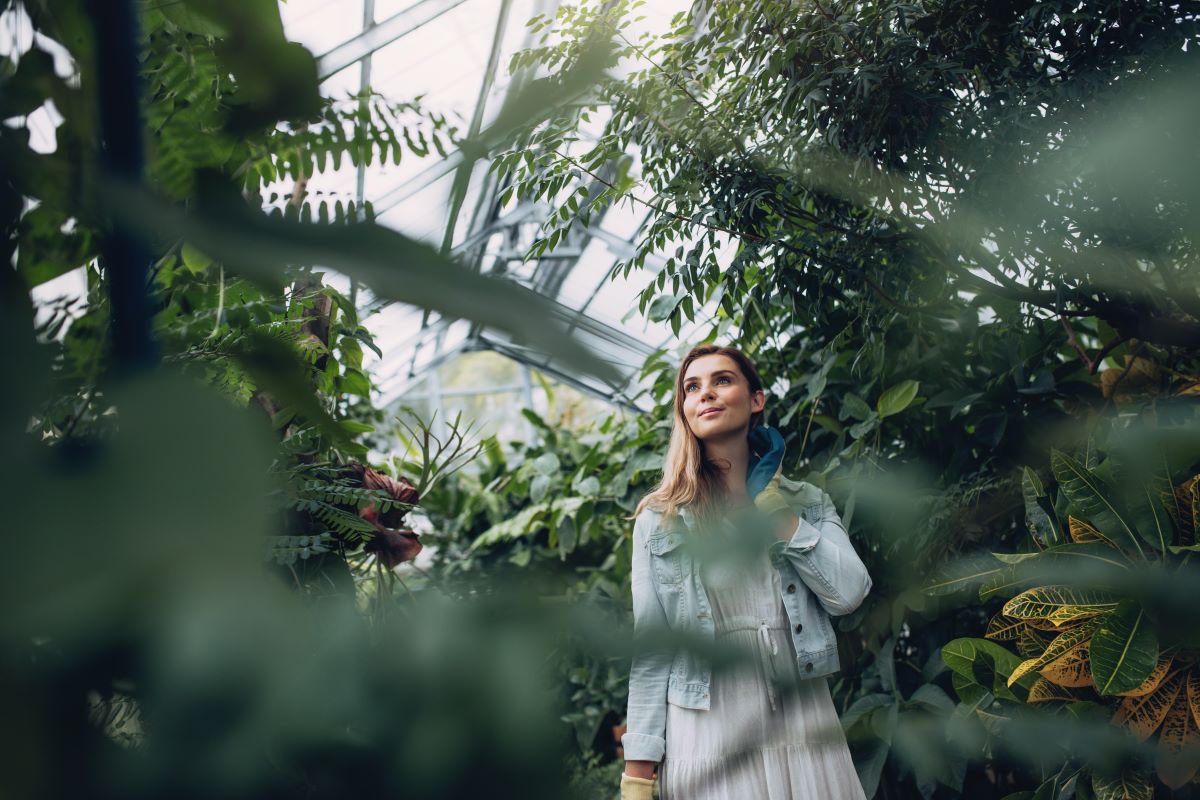Sustainable Gardening: Our Family’s Journey to Green Living
Turning our backyard into a sustainable garden has been a rewarding journey for our entire family, including our pets. Here’s how we did it and some tips to help you create your own eco-friendly garden.
1. Start with a Plan

We began by sketching out a plan, deciding where to place vegetable beds, flower patches, and a compost area. This helped us visualize the space and allocate areas efficiently.
2. Choose Native Plants

Mom suggested planting native species that thrive in our climate without needing excessive water or care. This decision has made our garden more resilient and low-maintenance.
3. Compost Kitchen Scraps

We set up a compost bin to recycle kitchen scraps. It’s amazing how much waste we’ve reduced and how rich our soil has become as a result.
4. Collect Rainwater

Dad installed rain barrels to collect runoff from our roof. We use this water for our plants, cutting down on our water bills and conserving a precious resource.
5. Use Mulch

Mulching helps retain soil moisture and reduces weed growth. We gather leaves and grass clippings to create our own mulch, making use of natural materials.
6. Companion Planting

We practice companion planting, placing plants together that benefit each other. For instance, tomatoes and basil not only grow well together but also enhance each other’s flavor.
7. Create a Pollinator-Friendly Space

My little sister loves watching the bees and butterflies. We planted flowers like lavender and coneflowers to attract these essential pollinators.
8. Use Organic Fertilizers

We switched to organic fertilizers to avoid harmful chemicals. Compost and organic manure keep our plants healthy and our soil thriving.
9. Implement Crop Rotation

Rotating crops helps prevent soil depletion and reduces pest problems. Each season, we change the location of our vegetable beds to keep the soil nutrient-rich.
10. Plant a Fruit Tree

We planted an apple tree that provides shade, beauty, and delicious fruit. It’s a long-term investment that will benefit our family for years to come.
11. Build Raised Beds

Raised beds improve drainage and make gardening easier on our backs. They’re perfect for growing vegetables and herbs in well-aerated soil.
12. Incorporate Vertical Gardening

With limited space, vertical gardening was a game-changer. We used trellises and hanging planters to grow climbing plants like peas and cucumbers.
13. Encourage Beneficial Insects

Ladybugs and spiders are welcome guests in our garden. They help control pests naturally, reducing the need for chemical pesticides.
14. Practice Water-Wise Gardening

We water our garden early in the morning or late in the evening to minimize evaporation. Drip irrigation systems ensure water goes directly to the plant roots.
15. Create a Wildlife Habitat

Our dog loves exploring the wildlife-friendly corners of the garden. We installed bird feeders and a small pond to attract various animals and insects.
16. Use Recycled Materials

We built garden structures like trellises and planters from recycled materials. It’s a fun family project that also teaches the kids about sustainability.
17. Avoid Synthetic Pesticides

To keep our garden organic, we use natural pest deterrents like neem oil and garlic spray. These methods are effective and safe for our pets and the environment.
18. Enjoy the Harvest Together

The best part is enjoying the fruits of our labor. Harvesting fresh vegetables and fruits as a family brings us closer and makes all the hard work worthwhile.
Growing Together

Creating a sustainable garden has been an enriching experience for our family. With these tips, you can transform your backyard into a thriving, eco-friendly haven that benefits both your family and the planet. Happy gardening!
Toxic Talk: 21 Phrases to Never Say to Your Kids

Are you worried about the impact of your words on your child’s well-being? Let’s tackle 21 phrases that might be causing more harm than you realize. Toxic Talk: 21 Phrases to Never Say to Your Kids
Breaking Ties: Recognizing When It’s Time to Go No-Contact with Parents

Deciding to go no-contact with a parent is a profound, often painful choice, but sometimes it’s necessary for personal well-being. Are you grappling with the decision to distance yourself from a toxic parental relationship? Breaking Ties: Recognizing When It’s Time to Go No-Contact with Parents
Stop the Stereotypes: 20 Gender-Based Comments Kids Don’t Need

It’s time to challenge traditional narratives that limit kids’ potential. Here are gender-specific phrases and ideas to avoid, fostering a supportive and open-minded environment for the next generation. Stop the Stereotypes: 20 Gender-Based Comments Kids Don’t Need
Featured Image Credit: Shutterstock / Jacob Lund.
For transparency, this content was partly developed with AI assistance and carefully curated by an experienced editor to be informative and ensure accuracy.







